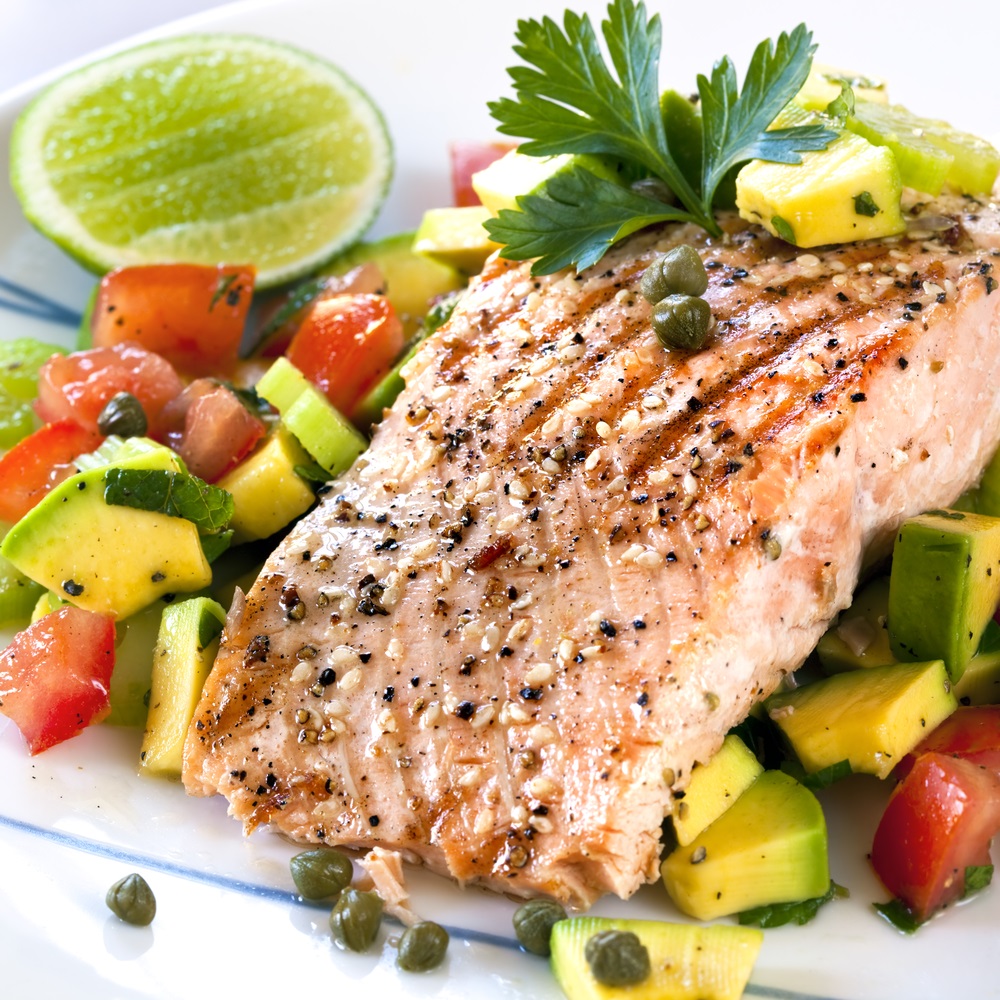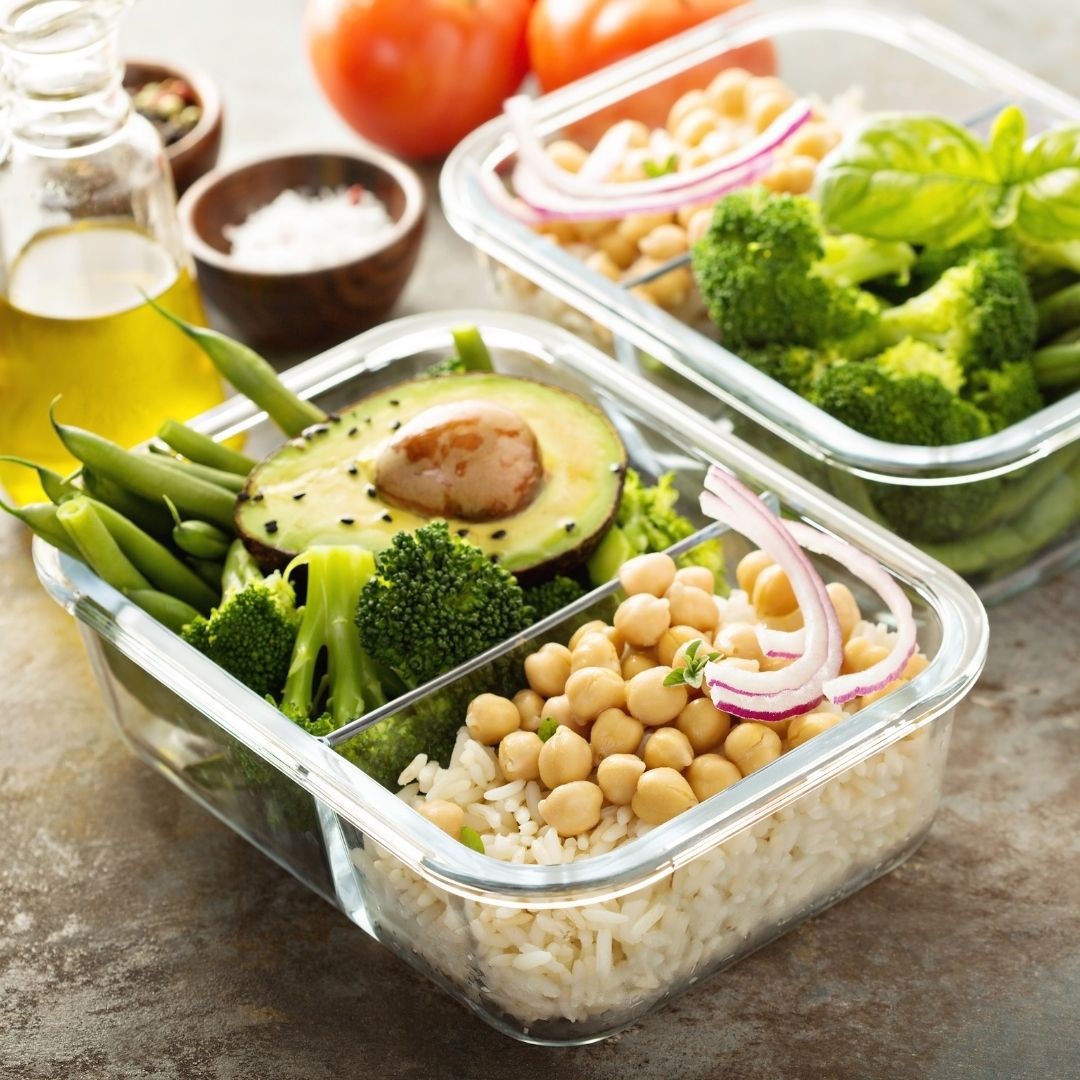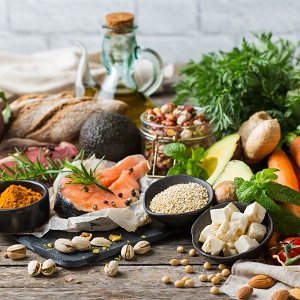 Veganism seems to be disliked by the majority of meat, dairy, and egg eaters. Veganism, on the other hand, is good for both your health and your bank account. There are a number of reasons to change your diet to veganism.
Veganism seems to be disliked by the majority of meat, dairy, and egg eaters. Veganism, on the other hand, is good for both your health and your bank account. There are a number of reasons to change your diet to veganism.
You’ll also feel better about yourself because you’re doing something nice for the environment and animals. Making the transition to veganism isn’t easy, but learning more about the benefits can help.
It is not required to go through a full transformation at this time. Gradually introduce the change.
Before deciding how to proceed, make a mental note of how you’re feeling.
Veganism has Numerous Benefits:
Health Benefits of Being Vegan
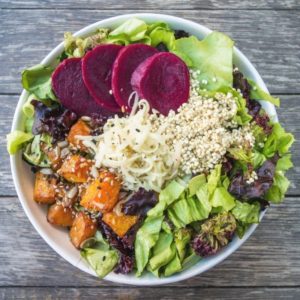 In terms of overall health, vegans are healthier than non-vegans.
In terms of overall health, vegans are healthier than non-vegans.
Blood pressure, cholesterol levels, body weight, cardiovascular disease risk, and Type-2 diabetes risk are all projected to decrease.
More Environmentally Friendly
Meat manufacturing necessitates a substantial amount of resources.
Beef requires substantially more water and land than fruits, cereals, or vegetables.
Consider how much food a cow or pig will need to grow to maturity, making this a good reason to change your diet to veganism.
It is More Animal-Friendly
 Animals reared for meat often live in deplorable conditions and are almost always slain before succumbing to natural causes.
Animals reared for meat often live in deplorable conditions and are almost always slain before succumbing to natural causes.
Meat animals are frequently forced to live in deplorable conditions.
Even dairy cows and egg-laying birds are sometimes maintained in deplorable conditions.
Your Emotional Reliance On Food Is Reduced
Vegans are typically slim. One explanation is that many vegan recipes are high in volume but low in calories.
The third reason is that vegan foods do not satisfy psychologically.
A bowl of beans isn’t as appealing as a dish of ice cream if you’re not really hungry.
Vegans have a lower risk of binge eating.
Vegans Less Susceptible to Certain Diseases
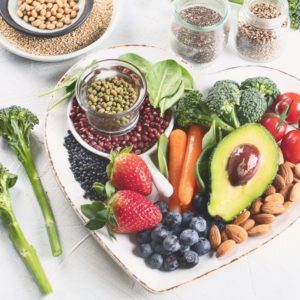 Disease avoidance from such ailments as arthritis and osteoporosis, as well as various cancers (breast, colon, or prostate) and even diseases like cataracts and macular degeneration.
Disease avoidance from such ailments as arthritis and osteoporosis, as well as various cancers (breast, colon, or prostate) and even diseases like cataracts and macular degeneration.
Studies show that people who follow a plant-based diet are less likely to have to deal with these issues. This is an even more important reason to change your diet to veganism.
You Could Shed Some Pounds
Vegans have a lower BMI than persons who eat meat every day.
The Average Lifespan Is Often Increased
Those who eschew meat and dairy products can live at least six years longer on average.
Veganism is a viable option for extending your life.
Migraine Relief
Vegans have fewer migraine headaches than non-vegans, according to studies.
Those who suffer from migraine headaches on a regular basis may benefit from switching to a vegan diet.
Vegan Food Contains Fewer Pollutants
 Toxins can be found in a variety of foods, including meat, milk, and eggs.
Toxins can be found in a variety of foods, including meat, milk, and eggs.
Animal-based fat can accumulate a variety of herbicides, insecticides, and heavy metals.
Antibiotics and growth hormones are routinely administered to animals used to produce these crops, which may end up in your food.
You Can Save Money By Following A Vegan Diet
Meat and cheese are two of the most expensive foods.
Consider how inexpensive beans, grains, oats, and a variety of vegetables are.
That’s not to suggest a vegan can’t spend a lot of money at the supermarket, but there are ways to keep food expenditures down.
Further Information on Veganism
 Veganism necessitates commitment, forethought, and sacrifice.
Veganism necessitates commitment, forethought, and sacrifice.
However, there are numerous benefits to following a vegan diet.
Your health, finances, self-esteem, and waistline can all benefit from the diet.
The ecology benefits as well when humans use fewer animal products.
Keep these benefits in mind when deciding whether to change your diet to veganism.
How to Increase Healthy Green Vegetables in Your Diet
You know you should eat more green veggies, but you’re probably sick of mixing them into your daily salad.
However, there are alternative ways to incorporate these nutritious vegetables into your cooking or baking.
Consider the following suggestions for incorporating more green veggies into your diet:
Pasta with Vegetables
There are two ways to incorporate veggies into a pasta dish:
 Prepare ordinary pasta and toss in some nutritious vegetables.
Prepare ordinary pasta and toss in some nutritious vegetables.
Tomatoes, peppers, broccoli, cauliflower, and kale are among the most popular choices.
You can steam or use raw vegetables. Sautéing them in healthful oils is another option.
Vegetables can be used to make pasta noodles.
You can use a spiralizer to make thin strips out of zucchini or eggplant.
You may also make noodles out of sweet potatoes or carrots using this method. If you don’t have a spiralizer, another option is to cut tiny slices or strips with a knife.
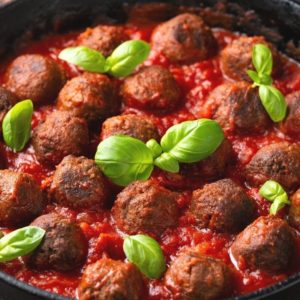 Soups, sauces, and salad dressings are all examples of this. Healthy vegetables can be hidden in soups, sauces, and dressings.
Soups, sauces, and salad dressings are all examples of this. Healthy vegetables can be hidden in soups, sauces, and dressings.
Picky eaters or youngsters who refuse to eat whole or raw vegetables will benefit from this strategy.
To purée the vegetables and disguise them in sauces, you’ll need a blender or mixer.
Consider pureeing vegetables such as cauliflower, broccoli, parsnips, or turnips. You can also puree tomatoes, carrots, onions, or squash.
Make Vegan Meatballs
You can make vegan meatballs using beans and an assortment of vegetables as well as greens.
Make Vegan Meatballs at Home Video:
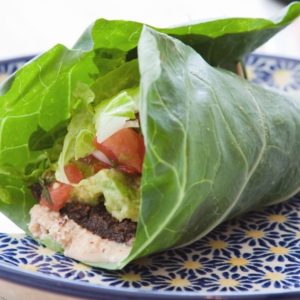 Green veggies can be used as a substitute for bread if you’re attempting to cut carbs or simply bored of bread.
Green veggies can be used as a substitute for bread if you’re attempting to cut carbs or simply bored of bread.
Make a burrito or taco with lettuce as a wrap for a unique twist.
Another alternative for a sandwich is to use a thick leaf of lettuce or kale instead of bread.
On top of the tomatoes, you can add various sliced vegetables, such as cucumber.
Making Vegan Casseroles
Most casseroles are bland mixtures of leftover rice, noodles, or other ingredients.
If your family despises the leftovers you put in a casserole, boost the flavor by adding more green vegetables.
Adding vegetables to your casseroles will not only make them seem more appealing with a variety of hues, but it will also give them more flavor.
To make the casseroles more colorful, use a variety of vegetables. Don’t be scared to try a few different things to determine what works best for you and your family.
Make a Smoothie
 If you don’t like the taste of green veggies, smoothies allow you to disguise them with other flavors.
If you don’t like the taste of green veggies, smoothies allow you to disguise them with other flavors.
In your smoothies, combine fruits and vegetables for a variety of flavors.
Bananas, strawberries, blueberries, and apples pair well with kale, lettuce, spinach, and other green vegetables.
It will be difficult to differentiate between the jumbled results, but the flavor will be worth it.
Protein can also be added in the form of yogurt or almonds (either nuts or nut butter).
Green veggies provide a variety of health benefits, including fiber and vitamins.
If you’re having trouble eating salads, try combining vegetables in unique ways. Both your health and your taste buds will benefit.
Meal Prep 12 Easy Vegan Recipes Video:
A vegan diet includes only vegetables, grains, nuts, and fruits, and other plant-based foods. Vegans avoid foods derived from animals, which include dairy products and eggs.
Begin by preparing a few vegan meals per week. Keep track of your feelings for the next 2-4 hours after you’ve consumed them.
This alone could encourage you to change your diet to veganism.


